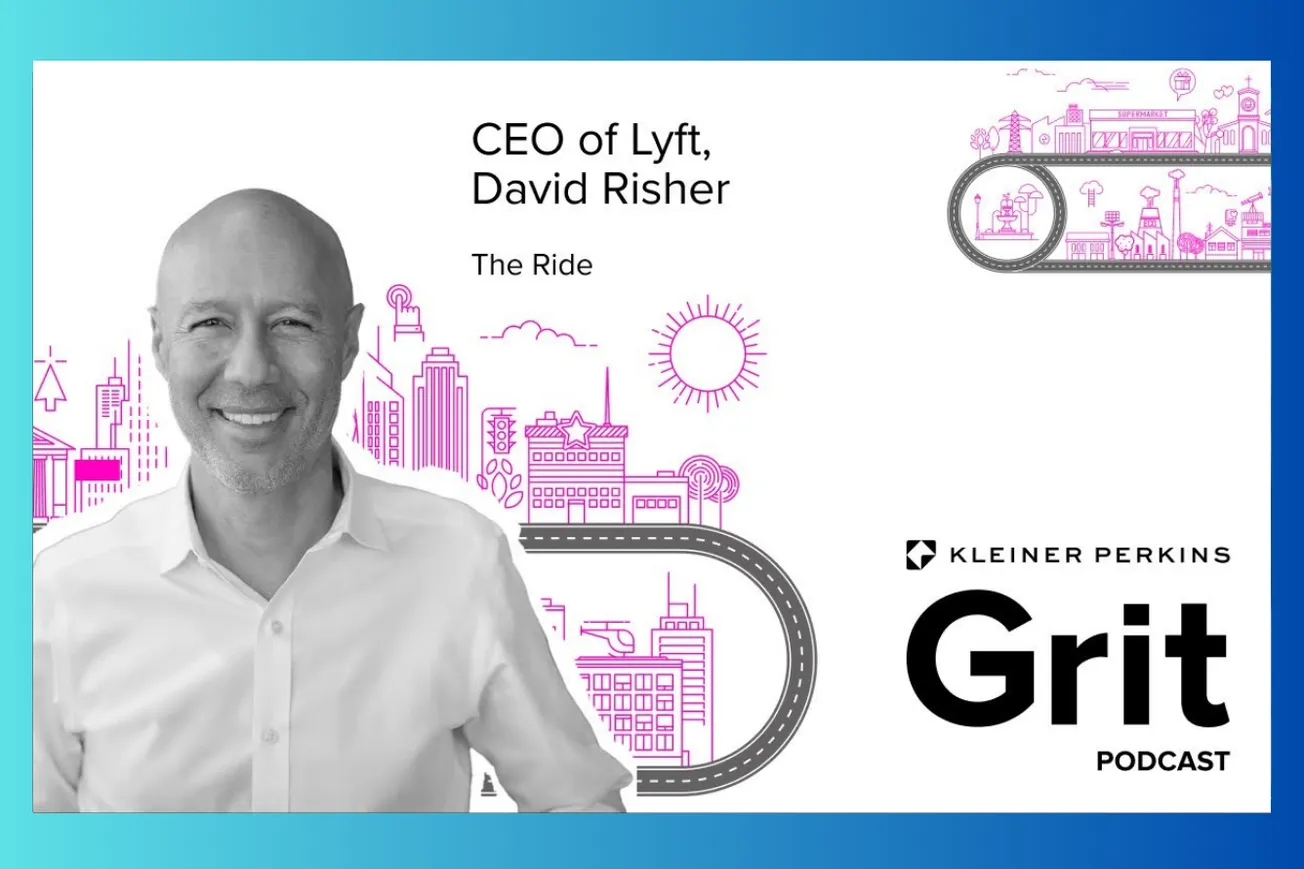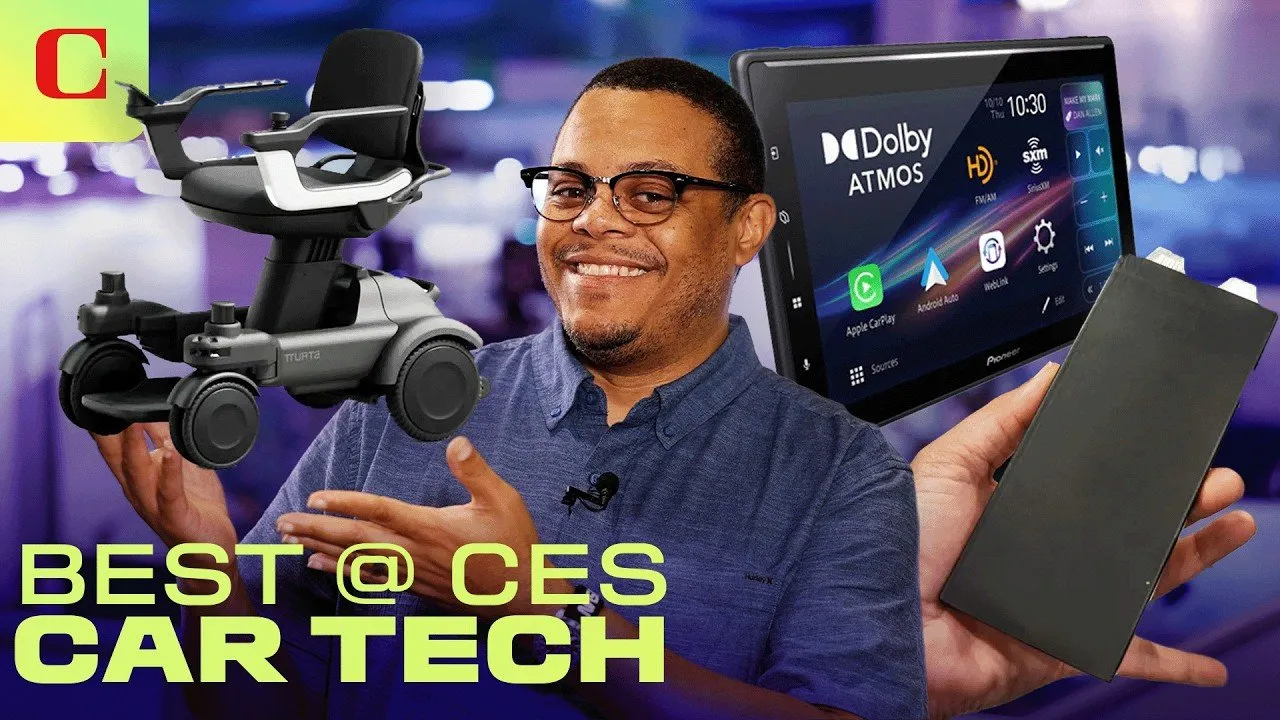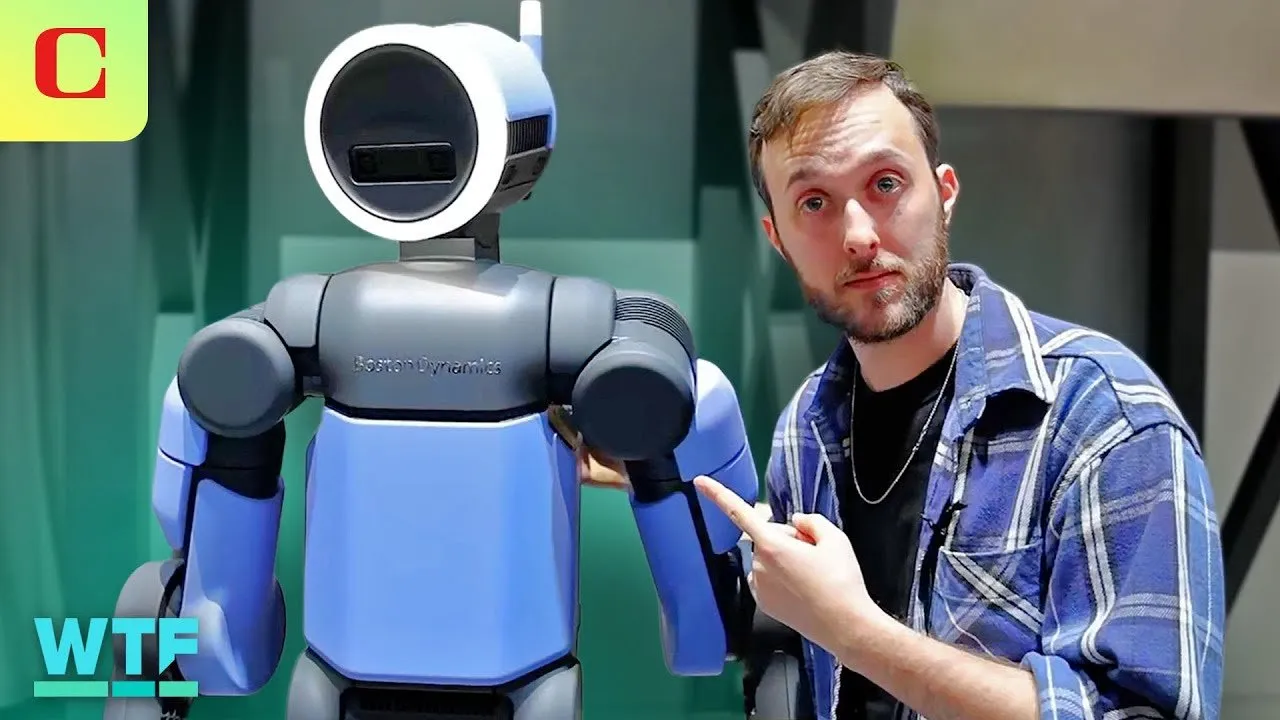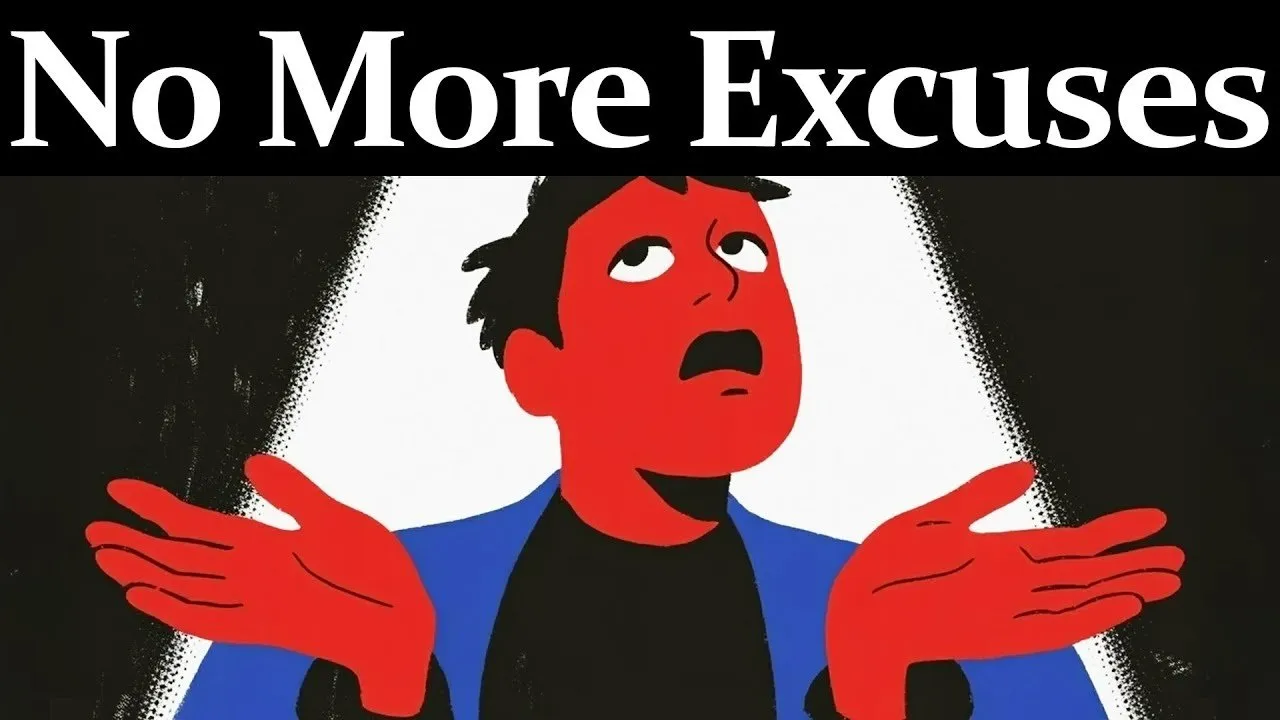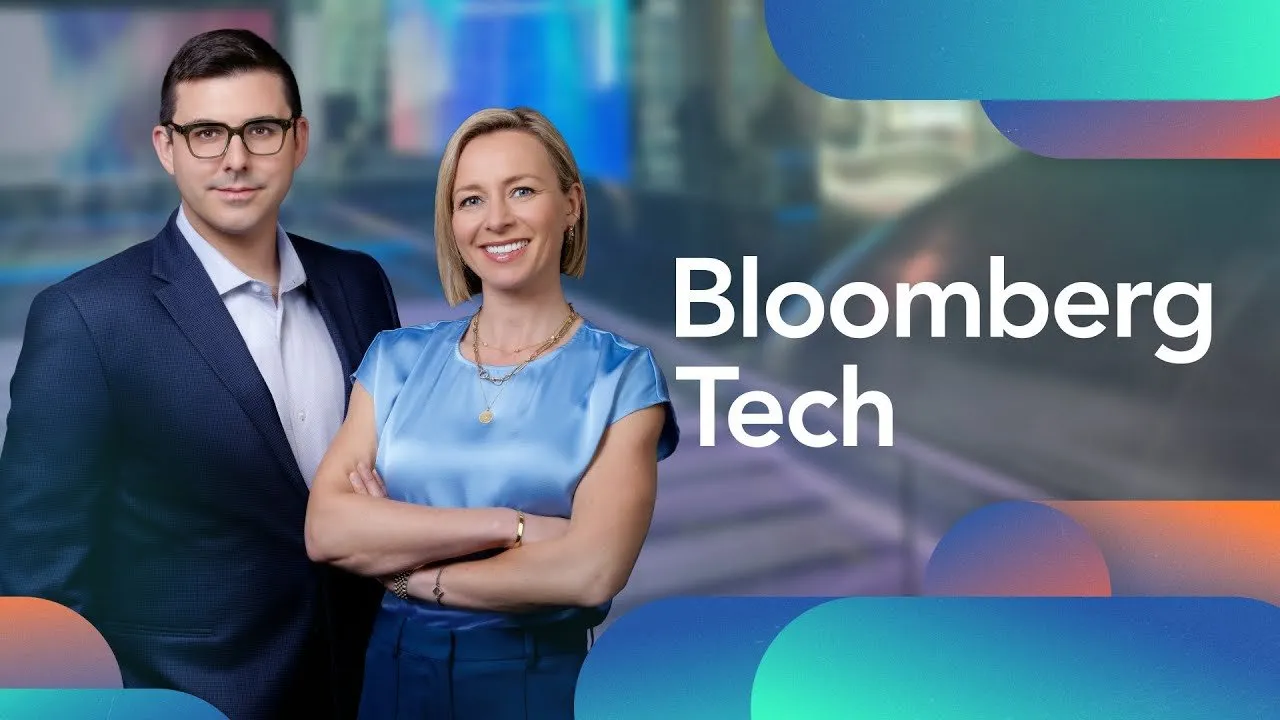Table of Contents
Former Amazon executive David Risher left a 12-year nonprofit mission bringing books to 22 million readers worldwide to take the CEO role at struggling Lyft, implementing painful but necessary changes that returned the company to growth and profitability.
Lyft CEO David Risher shares his journey from Amazon's early days to creating global literacy impact through Worldreader, and why he left his life's work to turn around a transportation company during one of its most challenging periods.
Key Takeaways
- David bikes to work every day using Lyft's e-bike system, demonstrating genuine belief in the company's transportation mission
- He laid off 26% of Lyft's workforce within weeks of starting, but reinvested those savings into competitive pricing and driver pay rather than just cutting costs
- As Amazon employee #37, he learned foundational principles from Jeff Bezos about customer obsession, hiring excellence, and building scalable businesses
- His 12-year nonprofit Worldreader reached 22 million readers by distributing Kindles loaded with local content to underserved communities globally
- Autonomous vehicles create premium experiences but face significant cost challenges due to expensive technology, insurance, and maintenance requirements
- David's parents' interracial marriage in 1963 taught him relentless determination when pursuing important goals despite external opposition
- The "physics is hard" reality of ride-sharing creates durable competitive advantages that purely digital businesses cannot easily replicate
- Lyft's growth strategy focuses on total rides as the key metric, constrained by profitability requirements that ensure sustainable business expansion
Timeline Overview
- 00:00–06:01 — Daily Bike Commuting and Exercise Philosophy: David's commitment to cycling 21 minutes to work daily, his relationship with various forms of exercise, and the story of bicycling across America in 58 days
- 06:01–13:19 — Lyft's Bike and Transportation Portfolio: Explanation of Lyft's bike-sharing operations across major cities, the platform versus individual service provider debate, and market size analysis for personal transportation
- 13:19–19:28 — Becoming Lyft CEO: The Valentine's Day 2023 phone call from board chair Sean Aggarwal, initial resistance to the opportunity, and the competitive interview process against experienced public company CEOs
- 19:28–25:36 — Lyft's Turnaround Challenges: Inheriting a company that had lost 90% of its market value, implementing 26% workforce reduction, return-to-office mandate, and immediate product development decisions
- 25:36–31:44 — Amazon Foundation and Jeff Bezos Influence: Stories of joining as employee #37, learning customer obsession principles, and how Amazon's early culture shaped David's leadership approach
- 31:44–36:44 — Reference Check and Microsoft Departure: Jeff Bezos's 45-minute reference check process, Bill Gates's reaction to David leaving Microsoft, and Steve Ballmer's basketball-throwing recruitment attempt
- 36:44–42:24 — Personal Drive and Family Background: The impact of having parents who met in Korea in 1963, their interracial marriage challenges, and learning relentless determination from their example
- 42:24–47:35 — Father Relationship and Learning Directness: The difficult teenage confrontation with his father that taught him the importance of straightforward communication and taking responsibility for decisions
- 47:35–52:28 — Amazon's Early Days and Competitive Environment: Joining a $15.6 million bookstore, competing against Barnes & Noble's aggressive tactics, and the challenges of rapid growth while going public
- 52:28–57:23 — Teaching and International Living: Leaving Amazon to teach at University of Washington, becoming professor of the year, and planning a family move to Barcelona for global perspective
- 57:23–62:27 — Creating Worldreader Nonprofit: The Ecuador orphanage moment that inspired a global literacy mission, building partnerships with local publishers, and scaling digital reading access to 22 million people
- 62:27–66:23 — Expat Talent Strategy: Using Barcelona as headquarters to access underutilized trailing spouse talent, creating purpose-driven work opportunities for accomplished expatriates
- 66:23–71:05 — Growth Metrics and Business Strategy: Focusing on total rides as the primary success metric, balancing growth with profitability constraints, and the scale advantages of marketplace businesses
- 71:05–76:59 — Autonomous Vehicle Competition: Analysis of Waymo's premium experience versus cost structure, insurance challenges, and predictions for hybrid human-autonomous transportation future
- 76:59–END — Physical World Advantages: Why "physics is hard" creates competitive moats, the importance of real-world connection versus virtual relationships, and hiring priorities in data science and advertising technology
The Philosophy of Physical-First Transportation
David Risher's commitment to cycling to work every day using Lyft's e-bike system demonstrates more than personal preference—it reflects a fundamental belief that physical movement and real-world connection create value that digital alternatives cannot replicate. His daily 21-minute commute from Pac Heights serves as both product validation and philosophical statement about transportation's role in human life.
This physical-first approach extends to Lyft's broader strategy of connecting people to their communities rather than simply providing rides. Each trip represents someone visiting friends, going to work, or maintaining relationships that matter to them. The company's mission goes beyond efficiency to enable meaningful human connections that happen in physical spaces.
The emphasis on physical world engagement contrasts sharply with purely digital businesses. While virtual interactions offer convenience, David argues they lack the richness of in-person experiences—body language, spontaneous moments, and the energy that emerges from shared physical presence.
- Daily e-bike commuting demonstrates genuine product belief and validates user experience
- Physical transportation enables community connection and relationship maintenance that virtual alternatives cannot replace
- Real-world logistics create competitive advantages through operational complexity that digital businesses cannot easily replicate
- The "physics is hard" reality of managing millions of daily rides across diverse conditions builds durable competitive moats
This philosophy influences product development priorities, operational decisions, and long-term strategy as Lyft competes against both traditional transportation options and emerging autonomous vehicle technologies.
Customer Obsession Drives Profitable Growth
David's core business philosophy, learned from Jeff Bezos at Amazon, centers on the principle that customer obsession drives profitable growth rather than cost-cutting driving profitability. When he joined Lyft, the company was losing market share because it couldn't execute basic marketplace functions: competitive pricing and adequate driver compensation.
The 26% workforce reduction wasn't designed primarily to reach profitability through cost savings. Instead, it freed up $330 million to reinvest in better pricing for riders and higher pay for drivers—the fundamental requirements for marketplace success. Without competitive pricing, customers choose alternatives. Without adequate driver pay, supply shrinks and service quality deteriorates.
This approach required painful short-term decisions to enable long-term competitive positioning. Rather than pursuing immediate profitability through cost reduction, David chose to sacrifice workforce to invest in market position, betting that improved service would drive sustainable growth.
- Marketplace businesses require competitive pricing and supplier compensation to maintain market position
- The $330 million from layoffs was reinvested in pricing and driver pay rather than retained for immediate profitability
- Customer obsession means prioritizing service quality over short-term financial metrics
- Market share recovery from 26% required fundamental improvements in service delivery rather than marketing or promotion
The strategy proved successful as Lyft returned to growth, with quarterly increases from 10% to 22% and eventual profitability while rebuilding competitive position against Uber.
Learning from Jeff Bezos and Early Amazon Culture
David's experience as Amazon employee #37 provided foundational lessons in building scalable businesses under intense competitive pressure. Joining a $15.6 million bookstore that aspired to become a Fortune 500 company required navigating between ambitious vision and operational reality while competing against established players like Barnes & Noble.
The famous 45-minute reference check that led to his hiring demonstrated Bezos's commitment to hiring excellence and systematic decision-making. The process included carefully scripted questions designed to reveal candidate weaknesses, showing how early Amazon prioritized talent quality over hiring speed.
Bezos's leadership style combined relentless customer focus with operational discipline. The "good executives don't do things" philosophy emphasized removing obstacles and enabling team execution rather than direct task completion. This approach proved essential for scaling businesses that required coordination across multiple functions.
- Bezos personally conducted 45-minute reference checks with systematic questioning to ensure hiring quality
- Early Amazon balanced ambitious Fortune 500 aspirations with the reality of limited resources and intense competition
- The leadership philosophy emphasized enabling team execution rather than direct task completion by executives
- Customer obsession provided clear decision-making frameworks during periods of rapid growth and operational complexity
These principles influenced David's approach to Lyft's turnaround, particularly the focus on fundamental customer experience improvements rather than flashy initiatives or cost optimization alone.
Creating Global Impact Through Worldreader
The inspiration for Worldreader came during a family trip to Ecuador, when David discovered an orphanage library that had been locked because books arrived slowly, often outdated, and didn't reflect local experiences. This moment crystallized his understanding of how technology could address global literacy gaps while respecting local culture and content needs.
The nonprofit's model evolved from simply distributing Kindles to creating comprehensive programs that included local content partnerships, teacher training, and community engagement. Working with hundreds of small publishers across Africa, South America, and Asia ensured that children could see themselves reflected in the stories they read—a crucial factor for developing reading habits.
Over 12 years, Worldreader reached 22 million readers by combining international technology with local content and community partnerships. The approach avoided paternalistic "Western technology parachuting" by building deep relationships with national library services, school systems, and local publishers.
- Local content partnerships with hundreds of small publishers ensured cultural relevance and self-representation in reading materials
- Teacher training and community engagement proved essential for successful technology adoption in educational settings
- The "mirrors before windows" philosophy required children to see themselves in books before exploring different worlds
- Deep partnerships with national institutions prevented outsider technology dumping and ensured sustainable impact
The Barcelona headquarters strategy proved particularly effective, accessing talented expatriate professionals who sought meaningful work while living abroad, creating a high-impact team that punched above its weight.
The Economics of Autonomous Vehicle Competition
David's analysis of Waymo and other autonomous vehicle competitors reveals complex economic realities beyond the obvious "no driver" cost advantage. While autonomous vehicles provide premium experiences through new, clean $300,000 vehicles with advanced technology, they also carry significant hidden costs that traditional ride-sharing doesn't face.
Insurance represents a major challenge, as companies remain extremely cautious about covering autonomous vehicles due to limited data and expensive repair costs. The legally mandated $1 million insurance per ride that already exists in ride-sharing becomes even more complex when covering experimental technology.
The capital intensity of autonomous vehicle fleets contrasts with Lyft's model where drivers own and maintain their own vehicles. Building and maintaining fleets of expensive autonomous vehicles requires massive upfront investment and ongoing depreciation costs that individual owners currently absorb.
- Autonomous vehicles currently cost 20-50% more than traditional rides despite theoretical efficiency advantages
- Insurance costs remain high due to limited actuarial data and expensive vehicle repair requirements
- Capital intensity of fleet ownership creates different cost structures compared to driver-owned vehicle models
- Premium experience justifies higher pricing but limits addressable market compared to cost-competitive traditional rides
David predicts a hybrid future where both human and autonomous vehicles coexist, with platform companies like Lyft providing marketplace infrastructure regardless of whether vehicles are human-driven or autonomous.
Family Background and Drive Formation
David's parents met in Korea in 1963 as an African-American military officer and white Red Cross volunteer during a time when interracial relationships faced enormous professional and social obstacles. Their decision to pursue marriage despite family opposition, professional consequences, and legal barriers in many states taught David about relentless pursuit of important goals.
The couple faced isolation from both families, professional censure from their respective organizations, and legal restrictions that forced them to marry in New York rather than their home area. Their willingness to persist despite universal opposition demonstrated a form of determination that influenced David's approach to difficult decisions throughout his career.
While the marriage lasted only six years, both parents individually reinforced lessons about commitment to chosen paths regardless of external pressure. David's relationship with his father proved more complicated, including a difficult confrontation during his teenage years that taught him the importance of direct communication and taking responsibility for decisions.
- Interracial marriage in 1963 required overcoming family opposition, professional consequences, and legal barriers across multiple states
- The experience of universal opposition to their relationship demonstrated relentless pursuit of personally important goals
- David's complicated relationship with his father taught lessons about directness and responsibility in difficult conversations
- The family example showed how to maintain conviction about important decisions despite external criticism or pressure
These early lessons influenced David's willingness to take difficult positions, from leaving Microsoft for an unknown internet bookstore to abandoning a successful nonprofit for a struggling transportation company.
The Transition from Nonprofit to Corporate Leadership
Leaving Worldreader after 12 years represented one of David's most difficult decisions, as the organization had become not just his professional focus but the organizing principle for his entire life. He and his wife had structured their existence around traveling between Worldreader offices in London, Ghana, Kenya, and India, embedding themselves in local operations while advancing global literacy goals.
The February 2023 phone call from Lyft board chair Sean Aggarwal initially met absolute resistance. David's immediate response was "absolutely not" and "there is no way," reflecting his deep commitment to completing the literacy mission he had started. The idea of abandoning work that had reached 22 million readers for a corporate turnaround felt like betraying his life's purpose.
However, the competitive challenge of the CEO interview process triggered David's drive to succeed once he decided to participate. The progression from "I absolutely won't do this" to "I'm going to win this job" illustrated how competitive instincts can override initial reluctance when engaged.
- Worldreader had become the organizing principle for David's entire life, not just professional work
- The initial rejection of the Lyft opportunity reflected genuine commitment to completing the nonprofit mission
- Competitive instincts emerged once David agreed to participate in the interview process
- The decision required abandoning 12 years of work that had demonstrably changed millions of lives
The transition demonstrated how leadership opportunities can emerge unexpectedly and require abandoning even meaningful work when new challenges align with personal strengths and potential impact.
Metrics-Driven Growth Strategy
David's focus on total rides as Lyft's primary success metric reflects deep understanding of marketplace dynamics and scale economics. While seemingly simplistic, ride volume captures multiple business success factors: customer satisfaction, driver satisfaction, community impact, and revenue generation within profitability constraints.
Each ride represents a satisfied customer who chose Lyft over alternatives, a driver who earned money, and someone connecting with their community for meaningful purposes. The scale nature of the business means that fixed costs get distributed across more transactions as ride volume increases, creating improved profitability without sacrificing service quality.
The constraint of maintaining profitability prevents the metric from being gamed through unsustainable pricing. Historical ride-sharing companies that pursued volume through unprofitable pricing ultimately failed because they couldn't maintain service quality or competitive position without sustainable economics.
- Total rides capture customer satisfaction, driver satisfaction, community impact, and revenue generation in a single metric
- Scale economics mean that increased ride volume improves profitability through fixed cost distribution
- Profitability constraints prevent metric gaming through unsustainable pricing strategies
- Quarterly growth from 10% to 22% demonstrates successful execution of the volume-focused strategy
The approach enables clear decision-making frameworks across the organization, as initiatives can be evaluated based on their impact on sustainable ride volume growth rather than more complex or conflicting metrics.
Common Questions
Q: Why did David leave his successful nonprofit Worldreader to become Lyft's CEO?
A: The competitive challenge of the interview process triggered his drive to succeed, and he recognized an opportunity to apply customer obsession principles learned at Amazon to turn around a struggling transportation company.
Q: How did David's approach to Lyft's layoffs differ from typical cost-cutting measures?
A: Rather than pursuing immediate profitability through cost reduction, he reinvested the $330 million savings into competitive pricing and driver pay to rebuild market position and service quality.
Q: What advantages does Lyft have against autonomous vehicle competitors like Waymo?
A: Autonomous vehicles face high costs for insurance, maintenance, and capital-intensive fleet ownership, while Lyft's platform model distributes these costs to individual driver-owners and could adapt to support both human and autonomous vehicles.
Q: Why does David focus on total rides as Lyft's primary success metric?
A: Ride volume captures customer satisfaction, driver satisfaction, community impact, and revenue generation while the profitability constraint prevents unsustainable pricing that could game the metric.
Q: How did Worldreader avoid the problems of technology paternalism in developing countries?
A: The nonprofit partnered with local publishers for culturally relevant content, worked through national institutions rather than imposing external programs, and emphasized teacher training and community engagement.
Conclusion
David Risher's leadership journey demonstrates how foundational principles learned early in one's career—customer obsession, operational excellence, and relentless determination—can be applied across vastly different contexts, from e-commerce to global literacy to transportation. His willingness to abandon comfortable situations for challenging opportunities reflects the same determination his parents showed in pursuing their relationship despite overwhelming opposition.
The Lyft turnaround illustrates how focusing on fundamental customer experience improvements, rather than financial engineering or marketing initiatives, can restore competitive position and sustainable growth even in difficult market conditions.

